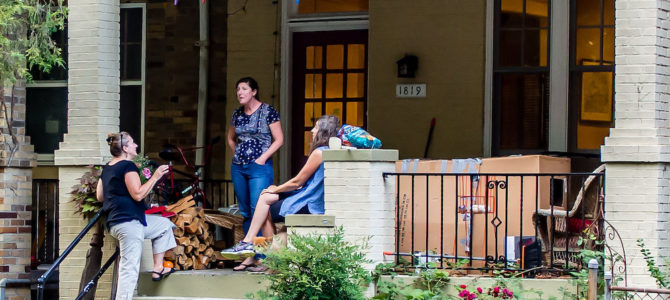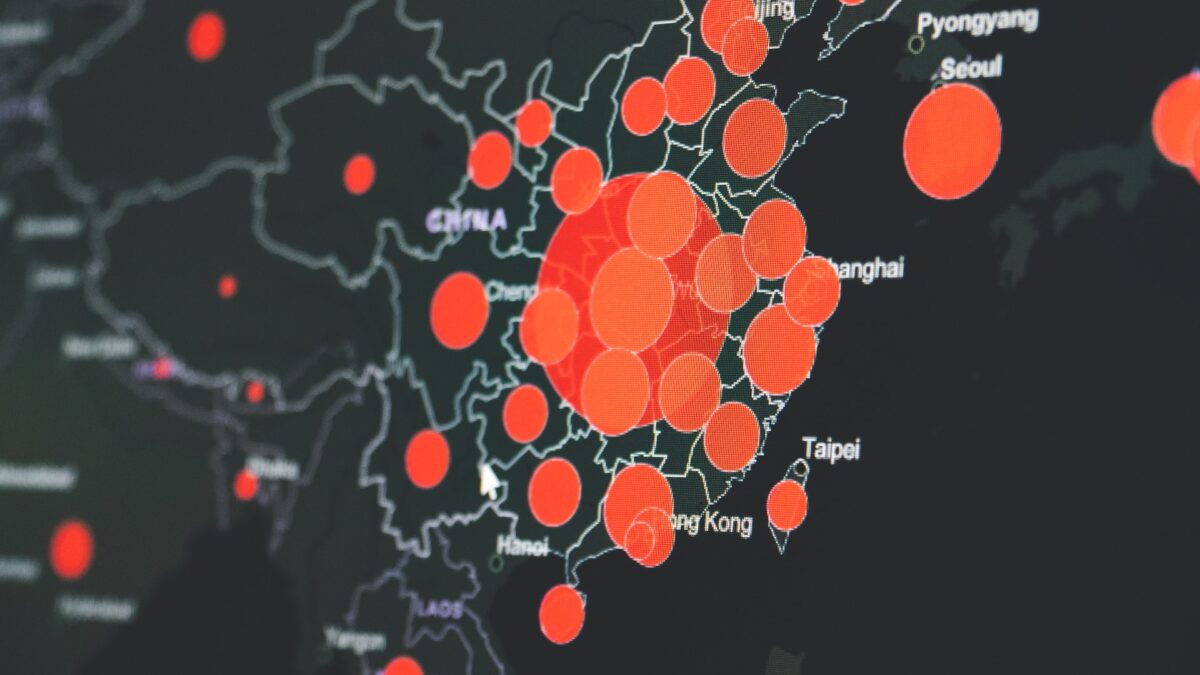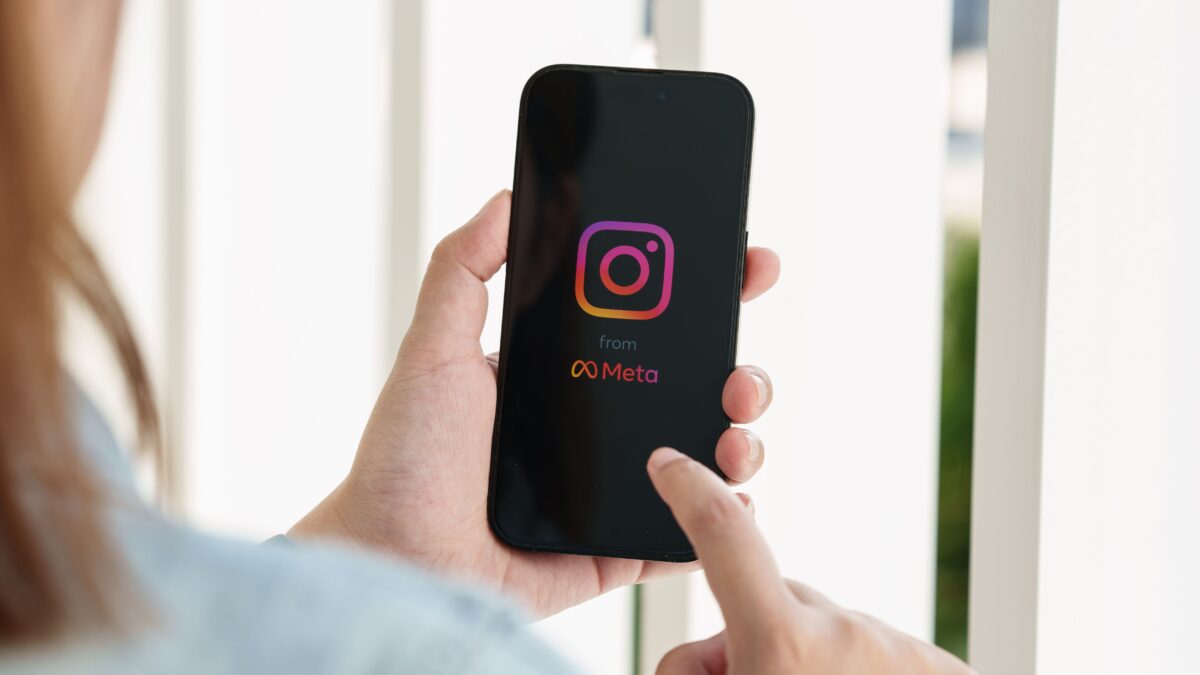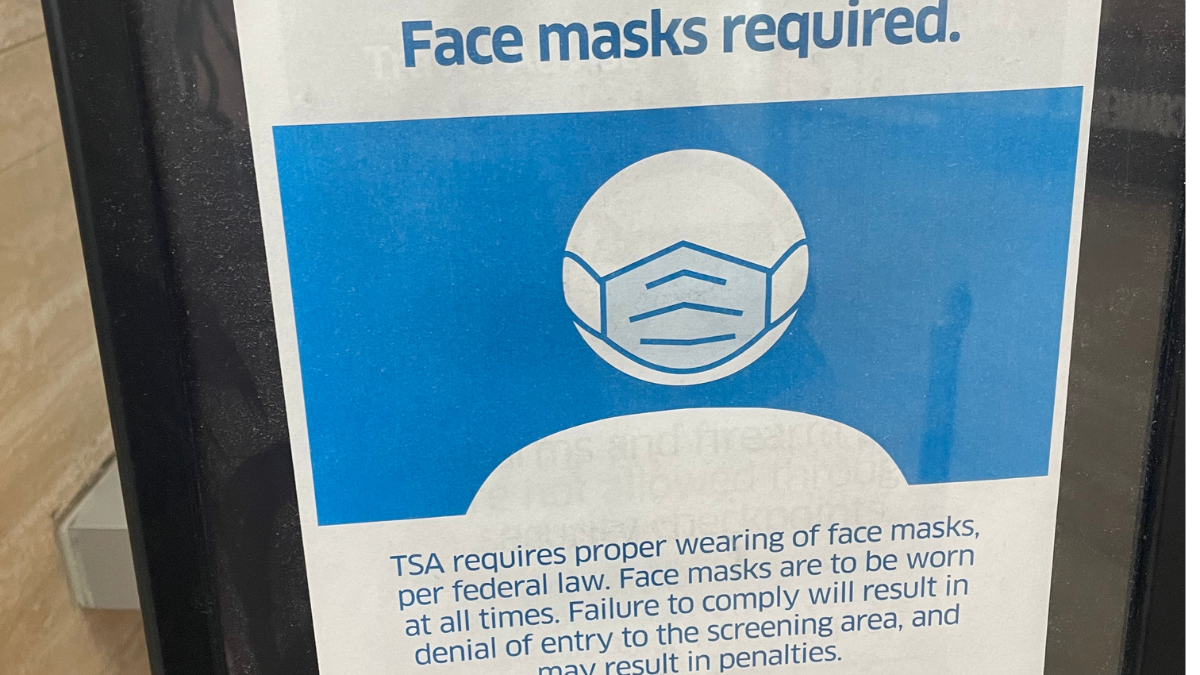
Something unexpected has happened to neighborhoods across the country in the wake of coronavirus lockdowns and business closures: they’re coming to life.
With schools and restaurants closed, and a huge swath of the workforce stuck at home either working remotely or not working at all, usually quiet and empty neighborhoods are suddenly bustling. Patterns of life and work that have become entrenched in American society over the past half-decade—kids in school and both parents away at jobs during the day—are being upended practically overnight.
Although places like New York City are undertaking more drastic measures to shelter indoors, many other cities have merely closed down nonessential commerce and restricted large gatherings. The result is that instead of empty streets and closed doors, neighborhoods have come alive with families—children playing in the front yard, couples taking walks, joggers and cyclists out and about, and neighbors getting to know one another in conversations over fences and along sidewalks—while keeping an appropriate distance, one hopes.
The effect of all this activity is that the elusive thing neighborhoods used to foster—community—is seeing a fledgling resurgence amid the pandemic.
The reason for this sudden shift is of course awful. No one would wish for neighborhood revival at the cost of a deadly plague and a ruined economy. Yet the resurgence of neighborhood life, especially neighborly solidarity and compassion, is proving to be an unforeseen silver lining to the coronavirus.
In Tucson, Arizona, a network of neighborhood volunteer organizations are checking in on seniors by phone and delivering groceries to their front doors so they don’t have to risk infection at the grocery store. In the small town of Fishers, Indiana, one woman who was dropping off groceries saved her elderly neighbor’s life when she found her neighbor suffering from a heart attack. A group of neighbors in San Diego recently gathered in front of an 81-year-old resident’s home to sing her happy birthday.
With kids home from school, parents are devising ways to create community and connectivity with other neighborhood kids. In a quiet neighborhood cul de sac in Annapolis, Maryland, familes are gathering together every morning—at a safe distance—to recite the Pledge of Allegiance. A woman in Murfreesboro, Tennessee, spearheaded “bear hunts,” in which someone puts a teddy bear in his window and kids go on a kind of scavenger hunt while out on walks to try to spot the bear. The woman told Time that nearly half the homes in her 200-house neighborhood are now participating, with kids roaming the streets in full safari outfits, including binoculars.
There are stories like this all over the country right now. Even in locked-down New York City, some neighbors are going to great lengths to get groceries to elderly and immunocompromised neighbors who can’t leave their apartments.
Revitalized Neighborhoods Are an Antidote to Atomization
Why, one might ask, is any of this noteworthy? Because, as documented by countless books from Robert Putnum’s “Bowling Alone” to J.D. Vance’s “Hillbilly Elegy,” over the past half-century we’ve seen a profound transformation of American neighborhoods and communities. And these changes have not all been salutary.
Before two-income families and extracurricular after-school activities became the norm, neighborhoods were the locus of civic life in America. In most homes only one parent, usually the father, was gone at work during the day, and a greater proportion of senior citizens lived in their homes instead of nursing facilities. That meant there was an array of adults around to keep an eye on the neighborhood kids, which meant the adults tended to know each another and informally shared at least some responsibility for one another’s children and the health of the neighborhood at large. The neighborhood wasn’t quite a village, but it was certainly more of a community than it is today.
What changed hardly needs to be explained. If you’re over the age of about 30, you’ve witnessed the change first-hand. Neighborhoods today are generally ghost towns during working hours. Homeowners who have lived in the same house for years don’t even know the names of their next-door neighbors. People are also more mobile, so fewer neighborhoods have long-term residents. And the physical environment of neighborhoods have even changed. Houses are bigger, yards are smaller. Because all our technology—technology that’s supposed to keep us more “connected” than ever before—is inside. So porches in the evenings are empty, too.
A 2015 New York Times piece, “The Lonely Death of George Bell,” captured the essence of our age of isolation. George Bell was a 72-year-old Queens resident who died alone in his apartment and was only discovered a week later, when the odor of his decaying corpse alerted the neighbors. A New York attorney who settles the estates of those who die without a next of kin for the city told the Times, “You can die in such anonymity in New York. We’ve had instances of people dead for months. No one finds them, no one misses them.”
So the return of people to neighborhoods—even under the challenging circumstances of the coronavirus—gives us a small window into what American life and community used to look like, and what it could be again.
To be clear, I’m not talking about a wholesale return to the 1960s. That would be neither possible nor desirable. We’ve come a long way from the evils of racial segregation and workplace discrimination against women. But emptying neighborhoods of parents and seniors—and increasingly children—we have lost something important, and right now we’re getting a glimpse of it.
And I do mean just a glimpse. Packs of kids aren’t wandering the streets and playgrounds, parents aren’t inviting their neighbors in for a drink, and social distancing is keeping everyone at least at arm’s length.
But the simple presence of more people about has meant more casual interactions. It has meant we’re learning things about our neighbors we didn’t know—maybe just their name and where they’re from. But in our atomized modern world, that is much.
In recent weeks I’ve seen this play out in my neighborhood. I’ve lived here for the past seven years, the last four of which I’ve worked from home when I’m not out on a reporting trip, and I’m used to the quiet, empty streets during the workday. I’m used to not talking to my neighbors for weeks at a time, if at all.
Now, I’m talking to them every day and calling and texting with others to make sure a few of our elderly residents have what they need. An urban farm just down the street that for the past 20 years has sold its produce exclusively to restaurants is now reaching out to the neighborhood, since the restaurants are all closed. A bunch of us are making it a point to buy eggs and produce from them in hopes they can weather the storm.
My experience, like all these stories, is of course anecdotal. But the anecdotes speak to a larger truth about how we live now, and how we might be better at living together once this plague passes, and life goes back to normal.









